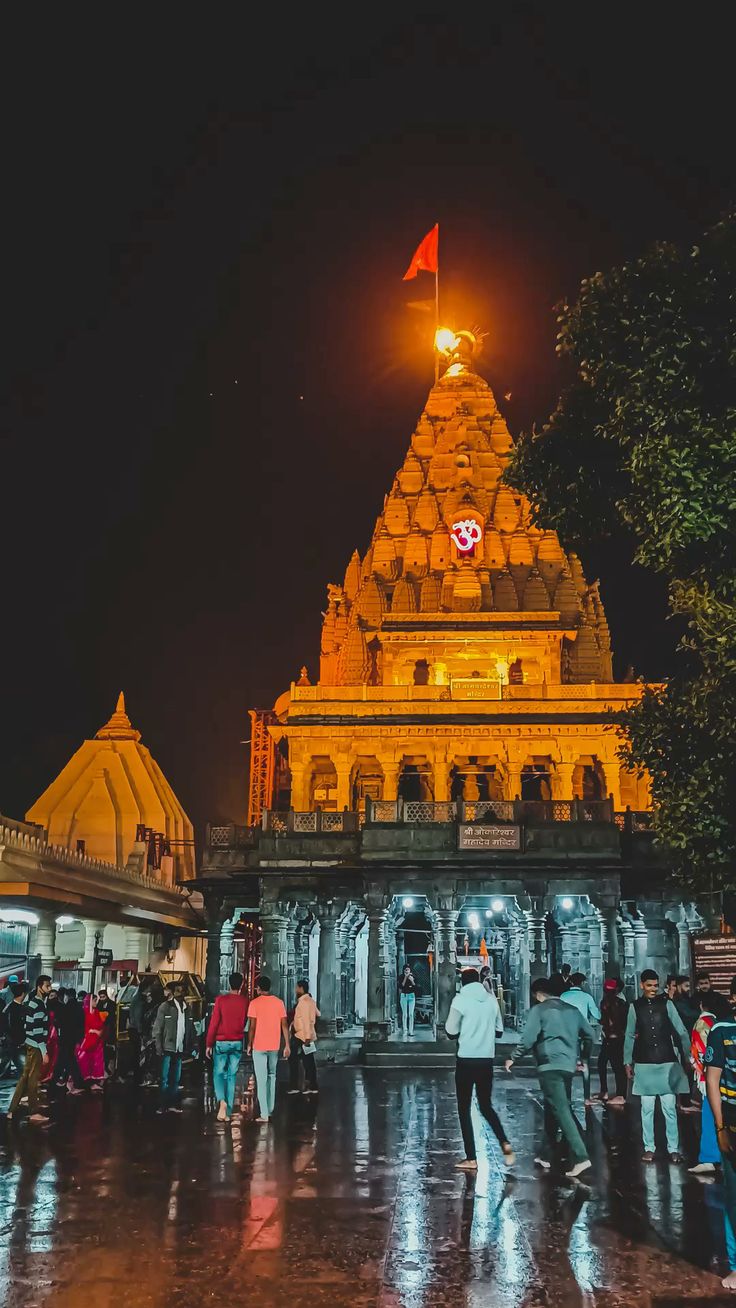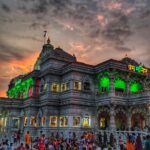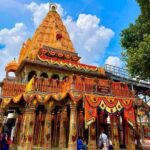Ujjain: The Ancient City of Divine Glory
Introduction
Ujjain, one of the seven sacred cities in India, holds an extraordinary place in the history of Hinduism. Known for its temples, rich mythology, and association with revered deities like Lord Shiva, Ujjain is often referred to as the City of Temples. Situated on the banks of the Shipra River in the state of Madhya Pradesh, Ujjain’s spiritual and historical importance makes it a must-visit destination for pilgrims and history enthusiasts alike. In this article, we’ll explore Ujjain’s biography, its significance, daily life impacts, historical roots, and more, offering an in-depth look at this divine city’s soul-stirring charm.
1. History: A Glimpse Into Ancient India
It has an ancient history that spans thousands of years. It is one of the oldest cities in India and has been a prominent center of culture, trade, and learning since antiquity. The city was once the capital of the Avanti Kingdom in the Mahajanapada period, and later, it flourished under the Maurya and Gupta empires. Ujjain also played a significant role during the rule of the Satavahanas and Guptas, who promoted the arts, culture, and religion.
Historically, Ujjain has been associated with astronomy, as it was a key location for the ancient Indian astronomical studies. The Kumbh Mela, which is one of the largest religious gatherings in the world, takes place every 12 years in Ujjain, drawing millions of devotees from across the globe.
2. Spiritual Significance
It is home to some of the most significant temples and religious sites in India. The city is especially revered for its connection to Lord Shiva, who is worshipped in various forms here. One of the most famous temples is the Mahakaleshwar Temple, which is dedicated to the Mahakal form of Shiva. It is considered one of the twelve Jyotirlingas (sacred shrines dedicated to Lord Shiva), making it a paramount pilgrimage destination for devotees.
Ujjain is also home to the Bade Ganeshji Ka Mandir, which is dedicated to Lord Ganesha, and the Harsiddhi Temple, a major site of devotion. The temples of Ujjain are integral to the city’s identity, and they attract millions of pilgrims, especially during auspicious times like Kumbh Mela, Maha Shivaratri, and Navaratri.
3. Daily Life: A Blend of Tradition and Devotion
Life in it is deeply intertwined with spirituality and religious devotion. The city’s daily rhythm revolves around the worship of deities, rituals, and pilgrimages. The morning begins with the sounds of temple bells and the chanting of mantras as devotees flock to the Mahakaleshwar Temple and other shrines. The banks of the Shipra River are also active with devotees taking a holy dip to cleanse themselves of sins.
The streets of Ujjain are lined with small shops selling religious offerings such as flowers, incense sticks, and prayer beads. Pilgrims often walk barefoot on the sacred path of Ujjain, visiting various temples and ghats throughout the day. Puja (ritual worship) is an integral part of daily life, and many people engage in the practice of satsang (spiritual discourse) to connect with their faith.
It’s culture is also shaped by the many fairs and festivals it celebrates. Mahakaleshwar Jyotirlinga is one of the key locations for festivals like Maha Shivaratri, which sees grand celebrations with night-long vigils, prayers, and offerings to Lord Shiva. The town is also alive with energy during Kumbh Mela, when it transforms into a grand center of faith, unity, and spirituality.
4. The Festivals and Observances
It’s religious calendar is packed with numerous festivals, some of which are of great significance. Maha Shivaratri is the most important festival in Ujjain, with massive gatherings at the Mahakaleshwar Temple to honor Lord Shiva. Devotees observe fasting, perform rituals, and participate in grand processions.
Another significant event is the Kumbh Mela, a festival held once every 12 years at the Simhasth Kumbh site in Ujjain. The event attracts millions of pilgrims who gather to take a dip in the Shipra River, believed to cleanse sins and bring salvation. The city also celebrates Navaratri, Dussehra, and Diwali, all of which see grand processions, prayers, and cultural events.
5. Significance in Society
It has played a pivotal role in shaping Indian religious, cultural, and intellectual life. Historically, the city was a center of learning and was home to the ancient Ujjain University, which attracted scholars from across the country. Ujjain’s contribution to astronomy is notable, as it is the birthplace of the Indian system of time measurement, and it was here that the first meridian of longitude was established.
The city is also a place of philosophical discourse, with countless saints, sages, and spiritual leaders having passed through its sacred precincts. The teachings and writings of Kaalidasa and other ancient scholars have left a lasting impact on Indian literature, poetry, and philosophy.
6. FAQs
- Why is considered sacred?
Ujjain is sacred because it is home to the Mahakaleshwar Jyotirlinga, one of the twelve most significant Shiva shrines. It is also one of the four cities where the Kumbh Mela takes place, and the Shipra River is considered holy for taking purifying dips. - What is the best time to visit?
The best time to visit Ujjain is during the cooler months, between October and March, when the weather is pleasant. However, visiting during the Kumbh Mela or Maha Shivaratri offers a unique, vibrant experience. - What are the most important temples?
The Mahakaleshwar Temple, Bade Ganeshji Ka Mandir, and Harsiddhi Temple are among the most important temples in Ujjain. Each holds significant spiritual importance and attracts thousands of pilgrims every year. - What is Kumbh Mela, and why is it important?
Kumbh Mela is a massive Hindu pilgrimage held every 12 years at one of four sacred sites, including Ujjain. It is the world’s largest religious gathering, where millions of devotees come to bathe in the holy waters of the Shipra River to purify themselves and attain spiritual liberation.
7. Role in Modern Society
It continues to be a focal point of spirituality, with its deep historical and cultural roots enriching Indian society. It is an important pilgrimage destination, fostering unity and devotion. The city also plays a significant role in tourism by offering visitors a glimpse into India’s ancient religious practices, philosophy, and cultural heritage.
Conclusion
It is not just a city; it is a symbol of divine glory, spiritual awakening, and historical significance. Its temples, sacred sites, festivals, and deep connections with Lord Shiva make it one of India’s most revered cities. Whether through the serene banks of the Shipra River or the vibrant celebrations of Maha Shivaratri, Ujjain continues to be a city where devotion, history, and culture seamlessly blend. For anyone seeking spiritual solace, historical insight, or a deep connection with India’s ancient traditions, Ujjain is a place that offers timeless wisdom and divine blessings.










